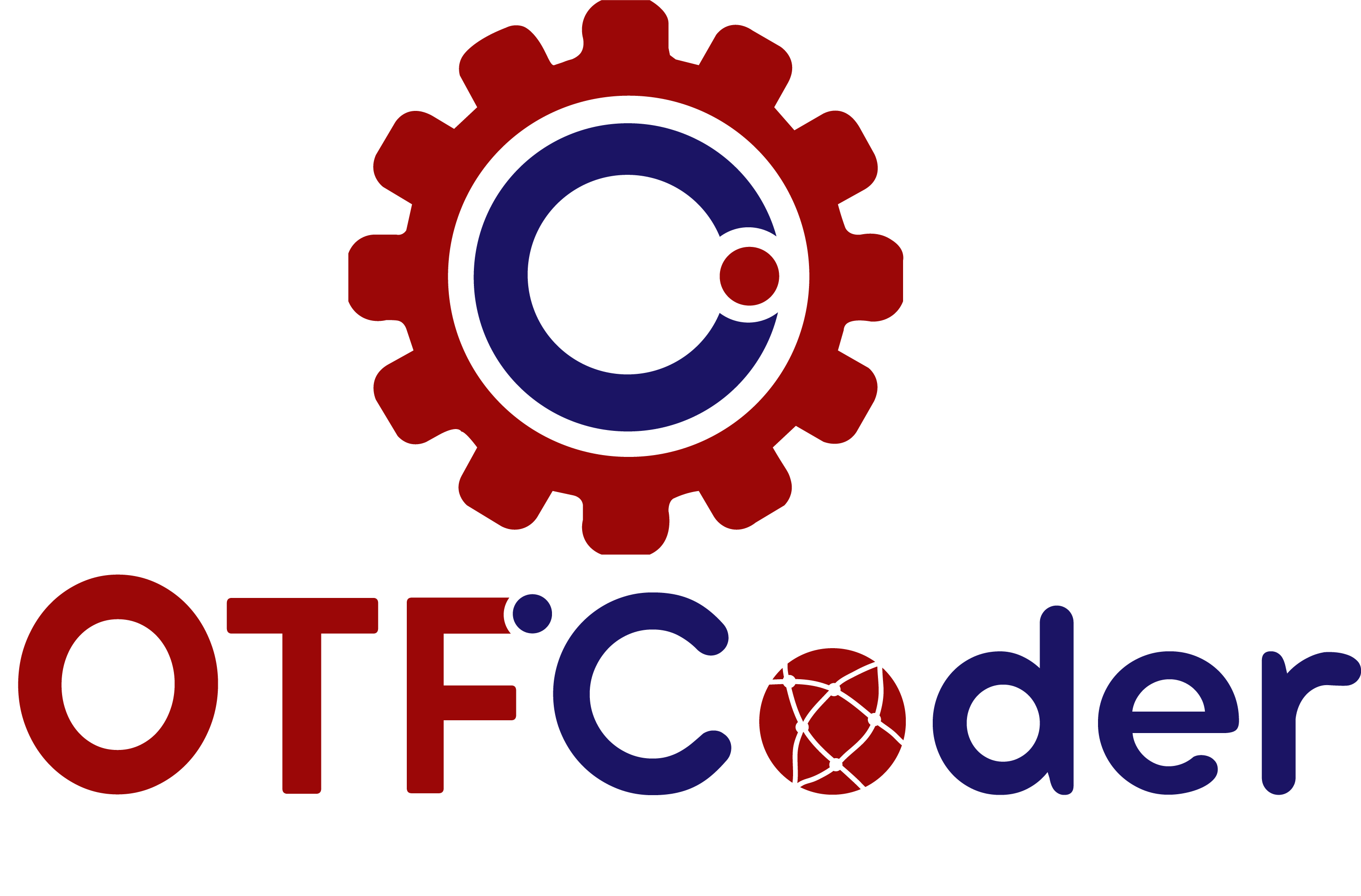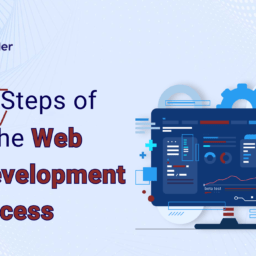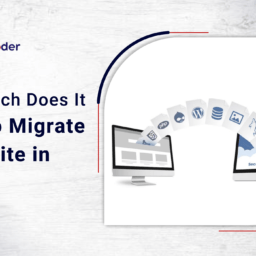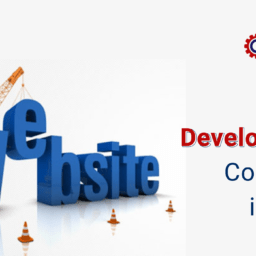
In 2024, translating WordPress websites with the power of Artificial Intelligence (AI) has become an essential strategy for reaching a global audience. As businesses expand across borders, the need for multilingual websites is more critical than ever. WordPress, being one of the most popular content management systems, offers several powerful AI-driven plugins to simplify this process. This blog explores the most effective AI translation tools, including WPML, Weglot, TranslatePress, GTranslate, and Polylang, and why leveraging such technologies is a game-changer for WordPress users.
AI-Driven Translation Plugins for WordPress
1. WPML (WordPress Multilingual Plugin)
WPML stands as a cornerstone in the realm of WordPress translation plugins, offering robust features that allow website owners to translate their content into multiple languages manually or automatically. It supports AI integration, making it easier for users to ensure accurate translations with minimal effort. Beyond basic translation, WPML is equipped with advanced language management tools that enable site administrators to assign specific translation roles to team members, facilitating a collaborative and controlled approach to content translation. This feature is particularly useful for large sites or multi-author platforms, where maintaining consistency and quality across different languages is crucial. Additionally, WPML’s compatibility with other WordPress plugins and themes ensures that integrating translations is smooth and without conflicts, enhancing the plugin’s utility and appeal in a diverse WordPress ecosystem.
2. Weglot
Weglot provides a seamless translation experience by integrating directly with WordPress. It automatically translates content using AI and allows for manual refinements. This plugin is known for its user-friendliness and efficiency in managing multilingual SEO. Weglot also excels in ensuring that all translated content is optimized for search engines, which is crucial for reaching a global audience. It supports over 100 languages and can detect and translate content dynamically, which is ideal for websites with constantly updating content like news portals or blogs. Additionally, Weglot follows best practices for multilingual website architecture, including the use of subdirectories or subdomains for each language version, which Google recommends for the best SEO performance. This makes Weglot a popular choice among businesses aiming to expand their reach across different linguistic demographics without compromising on website functionality or user experience.
3. TranslatePress
TranslatePress offers a unique approach by allowing users to translate directly from the front-end of their websites. It supports automatic translations powered by Google Translate or DeepL, supplemented by AI, to ensure contextually appropriate and culturally relevant translations. This intuitive interface allows website administrators and content creators to view and adjust translations in real time, directly on the webpage, providing a what-you-see-is-what-you-get (WYSIWYG) experience. This method not only speeds up the translation process but also ensures that translations fit naturally within the layout and design of the website. Additionally, TranslatePress is compatible with any WordPress theme or plugin, making it extremely flexible and a favorite among developers looking to maintain a cohesive user experience across multiple languages without the need for extensive reconfiguration.
4. GTranslate
GTranslate utilizes Google’s advanced AI translation services to automatically convert WordPress website content into multiple languages. It’s particularly praised for its ability to handle website translations without altering the original content, thus maintaining the SEO rankings. This plugin offers a broad range of over 100 languages, making it one of the most versatile solutions for global reach. It operates by dynamically translating text on the client side, which means that the translation process does not impact the backend structure of the website or its performance. Additionally, GTranslate can detect the user’s language preferences based on browser settings, offering a more personalized browsing experience automatically. This ease of use, combined with powerful Google AI capabilities, makes GTranslate an essential tool for businesses aiming to cater to a diverse international audience without the complexity of managing multiple site versions.
5. Polylang
Polylang is another popular choice among WordPress users who prefer a straightforward yet effective translation solution. While it primarily focuses on manual translations, it can be integrated with AI tools to enhance translation accuracy and speed. This plugin is especially favored for its compatibility with other WordPress plugins and themes, making it an ideal option for maintaining a cohesive user experience across various languages without the need for extensive technical adjustments. Polylang also supports RTL (right-to-left) scripts, making it suitable for languages like Arabic and Hebrew. The ability to link translated content with its original version ensures consistency and ease of navigation for users, further enhancing the multilingual capabilities of a WordPress site. This integration of manual control with AI efficiency makes Polylang a versatile tool for website owners aiming to expand their reach while maintaining precise control over their content’s quality and presentation.
Advantages of Integrating AI in WordPress Website Translations
– Enhanced Accuracy: AI algorithms continue to evolve, offering higher translation accuracy that respects linguistic nuances and cultural contexts.
– Scalability: AI translations can easily scale as your content grows, making it a cost-effective solution for businesses.
– SEO Optimization: Most AI translation plugins are designed to be SEO-friendly, helping you maintain your search engine rankings globally.
– User Experience: AI helps in providing a consistent user experience across different languages, ensuring that the message remains clear and effective.
Read More: How to Increase WordPress Speed Without Using Plugins
Conclusion
As the digital landscape becomes increasingly global, the ability to communicate across languages is indispensable. AI-driven translation plugins for WordPress not only simplify the process of creating multilingual websites but also ensure that translations are accurate and culturally appropriate. Whether you are a small business owner or a top WordPress development agency, leveraging these tools in 2024 can significantly enhance your website’s reach and user engagement. By choosing the right plugin that aligns with your needs, you can effortlessly bridge the language divide and connect with a broader audience.





